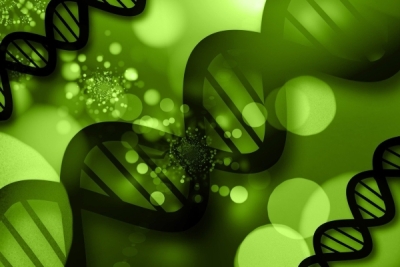The role of women in society has been expanded in recent decades; as a result, social and cultural issues have undergone important changes, such as drinking behavior, for example. There is an increase in alcohol consumption among women, a fact that needs attention, since the consequences of the harmful use of alcohol in the female body are not fully defined.
The effects of alcohol consumption on women have several specificities due to moments such as the menstrual cycle, pregnancy and breastfeeding (1). In addition to these specific moments, it is observed that social factors such as motherhood and women's place in the labor market can favor diagnosis and treatment on an individual basis. Organic factors, such as the body composition of water, anatomy, absorption, metabolism and presence of hormones directly influence the negative consequences of alcohol consumption, even in smaller amounts when compared to men.
Issues related to gender and sex, although culturally dependent, indicate that, for females, there is a greater vulnerability to sexual assault, intimate partner violence, in addition to more negative gender norms and stereotypes about alcohol use by women (2).
A decree published by the National Institutes of Health, in the United States, in 1994, determined that clinical research should include more female participants, which led to the development of studies focused on women's health (3). However, women are still identified as a population little researched with regard to alcohol consumption. In the United States, only 15% of women with an alcohol use disorder sought treatment. It is also observed that the time between the first use of alcohol and the onset of alcohol-related problems is shorter among women than men (4).
Treatment for alcohol use disorders in women has needs that differ from men. They also face some unique barriers to entry. These barriers may partially explain the gender discrepancy in treatment initiation rates, including: low perceived need for treatment, guilt and shame stemming from traditional gender expectations, and social stigma of women with alcohol dependence, depression, and other psychiatric comorbidities, greater disparities in employment and education relative to men, responsibility for child care, and fear of child protection services (5).
The specific needs of women should be part of the treatment, including the provision of childcare at place of care, prenatal care, female-only environments, and the presence of complementary services that address women-oriented topics. Pharmacological treatment also needs to be better investigated, because, as there is a difference in the way alcohol is metabolized in women's bodies, this process and responses to medications should be explored and investigated.
Mutual-help groups, such as Alcoholics Anonymous, can be part of treatment. Most of these groups are mixed, which can inhibit women's speech and reduce attendance at meetings. For this reason, there was an initiative in some cities to offer specific meetings for women, providing a welcoming and identity-fostering environment among the participants. These meetings also take place in a virtual environment, every day (www.aa.org.br).
Therefore, the inclusion of sex- and gender-specific guidelines for the treatment of these problems, as well as the dissemination of knowledge and the involvement of individuals in self-assessment of the risk of alcohol use, should be considered fundamental approaches to health promotion.











